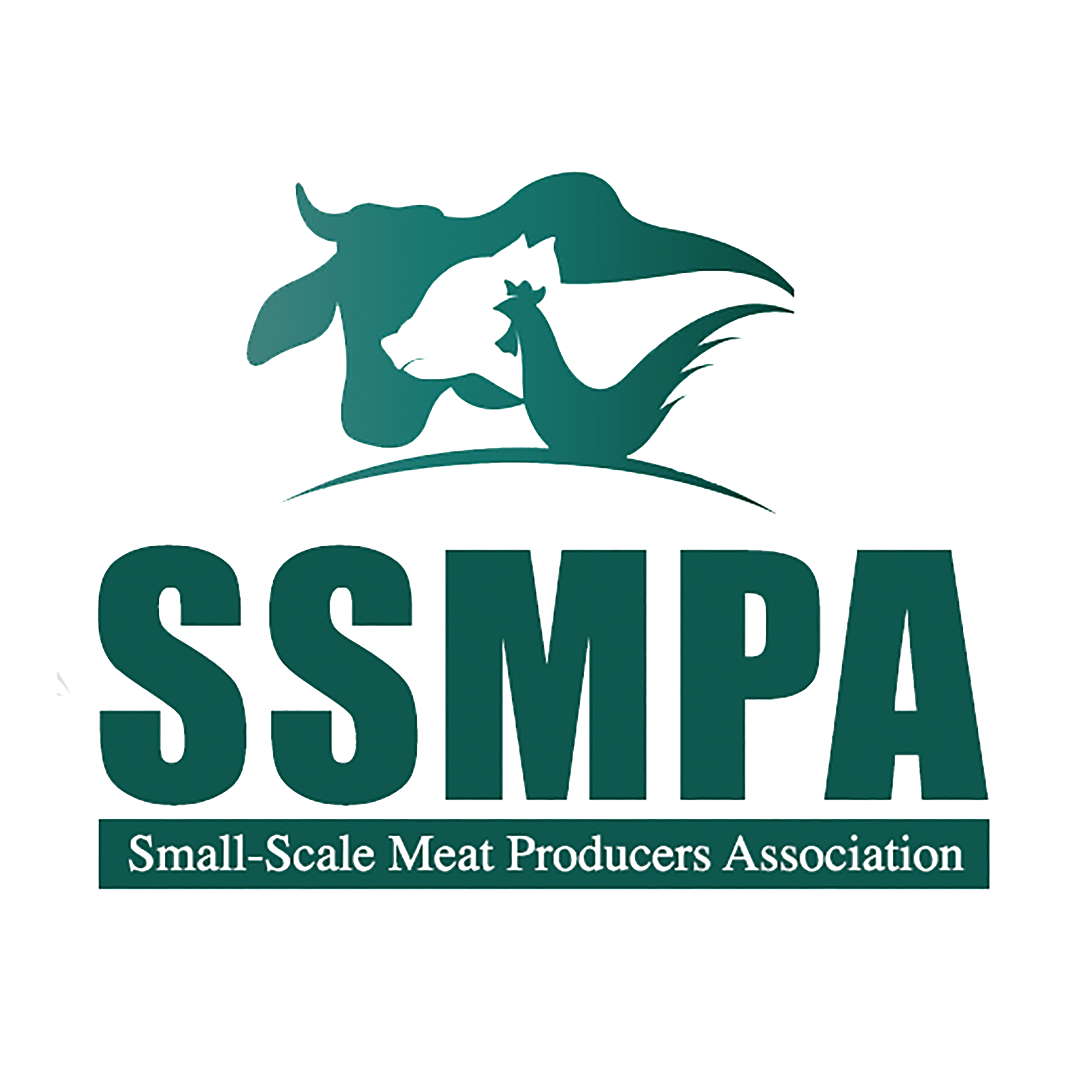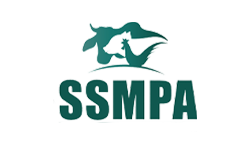
Recommendations to Ministry of Agriculture in Response to September 2020 Intentions Paper
Thank you for the opportunity to provide feedback on the Rural Slaughter Modernization Intentions Paper. The Small-Scale Meat Producers Association formed in 2018 to act as a voice for a group of farmers and ranchers lacking in formal representation through other sector organizations. Our mission is to build greater stability and growth opportunities for small-scale meat producers in British Columbia, and rural slaughter capacity is critical to this goal. Our members are located throughout the province and operate a wide range of enterprises, but we share one thing in common — in order to start up, remain in business and grow, we need reliable, consistent, affordable access to slaughter and meat processing services.
The SSMPA is broadly in support of efforts by the Ministry of Agriculture to improve the efficiency and efficacy of the provincial meat inspection program. We have contributed our perspective throughout the previous rounds of consultation and worked to disseminate information about the process to our membership. Our primary concern is that we do not see the urgency of the situation facing many of our members reflected in the pace or tone of the Ministry’s work on these issues. Farmers and ranchers throughout the province are responding to increased demand for local meat, but the existing system was inadequate even before the current crisis. The slaughter and processing bottleneck reduces the potential for growth and recovery of the sector, reduces availability of local meats for local markets, creates inefficiencies for producers and increases unregulated slaughter with no oversight or guidance.
We recommend that the Ministry support recovery of the agriculture sector and improve the security of our local food supply by immediately introducing measures to accommodate producers whose needs are not being met by the existing network of provincially-inspected abattoirs or the available licences. The COVID-19 crisis grants us an enormous opportunity to make changes that will support our producers through the pandemic and beyond. This should be the first item on the Action Plan, and should be implemented immediately. SSMPA believes that the Ministry has enough information and a clear mandate to introduce these changes. Examples of changes that could help mitigate the acute issues are included among our recommendations below.
Recommendations
Adopt and strengthen an extension model in line with the stated goal of ‘education before enforcement’, and ensure that the level of oversight, including inspections and reporting requirements, matches the risk level of a given operation.
We have seen the negative impact that regulatory change can have on our sector with the tremendous loss of meat processing capacity and livestock production beginning with changes introduced in 2004. An update of the Code of Practice that will “establish higher standards” must create opportunity rather than restrict it, and improve systems without adding excessive costs and burdens. It is critical to remember that though there are many reasons to change our regulations and policies, including mitigation of risk, there have not been food safety issues or negative public health outcomes as a result of our current system. SSMPA looks forward to participating in the update of a risk assessment, which will help ensure that oversight matches risk at different scales of production.
Create maximum flexibility in the methods of providing oversight to slaughter facilities.
Video inspections, tele veterinary consultations, contracted inspections and periodic slaughter inspections are all good opportunities. The type of inspection could vary based on the scale of the facility, the booked volume and availability of inspectors. As more slaughter facilities are developed around the province, especially remote and low-capacity facilities, the cost of the current inspection system will become overwhelming, and the cost per head of inspection at these facilities cannot be justified given the low risk to consumers.
Replace Class E licence with a broad Farmgate Slaughter Exemption.
Contrary to information presented in the Intentions Paper, most other provinces and territories allow uninspected on-farm slaughter of animals sold whole and directly to a single end consumer, typically by exempting this type of arrangement from the applicable regulation. In our research, possibly notable in disallowing any sale of uninspected meat are Ontario and Prince Edward Island. Some jurisdictions have additional caveats or requirements: require the animal to have been owned by the producer for a length of time (e.g. Nunavut), only permit the sale of uninspected poultry (e.g. Manitoba), or require licensing and reporting (e.g. Alberta). Exempting single-customer farmgate sales would recognize the right of an informed consumer to choose farm-slaughtered meat, and would provide an opportunity to provide resources and oversight to operations currently happening illegally and underground. Some requirements in terms of premise registration or reporting would be reasonable, and restrictions on further processing by the producer could be warranted, but this is a low-risk and high-transparency arrangement that requires minimal oversight.
Redevelop the Class D uninspected slaughter licence into a more flexible, more useful Limited Custom Slaughter Licence.
Producers who wish to sell portions of carcasses, sell products at retail or to other users such as meat shops or restaurants will need to slaughter livestock in a licenced slaughter facility. A category of licensed facility with less requirements and less oversight than a Class A or B reduces the barrier to entry for lower volume and lower risk slaughter operations. This can be an important step in the growth of new facilities, allowing operation at an economically viable scale without excessive costs. It also reduces the cost of administration and oversight for the Ministry, avoiding unnecessarily high per-head inspection costs for these low-volume operators, many of whom would be located in rural and remote areas.
The redevelopment could include expansion beyond on-farm slaughter, and include the flexibility to address different levels of risk. Facilities slaughtering for multiple producers could be allowed on a case-by-case basis in areas where there is a demonstrated need for additional capacity, or where producer needs are not being met. Additional oversight requirements could apply to operators slaughtering livestock for multiple farms.
Candidates for this class of licence include the following:
- Producer slaughtering their own livestock on-farm
- On-farm abattoir slaughtering for multiple producers
- Off-farm abattoir slaughtering for multiple producers
- Existing operating Class A or B facility that falls below a risk threshold
- Non-operational facility that is not economically viable as a Class A or B
- Mobile slaughter operation
As the Ministry improves oversight of these facilities, opportunity should increase. Availability of this class of slaughter licence should be expanded to all areas of the province, and all sales area restrictions should be removed. Risks to public health will be mitigated by the improvements to the Rural Code of Practice, development of individualized standard operating procedures and food safety plans. Risk will also be mitigated through limits to the volume of animals slaughtered, which should be assigned on a case-by-case basis by the Meat Inspection Team upon review of the individual application, with an opportunity to reassess annually.
Facilitate the development of new abattoirs and the growth of existing facilities where appropriate.
Bringing oversight of all slaughter facilities under the Ministry of Agriculture is a welcome step that simplifies and clarifies the system and will improve communication. It is our hope that this will also streamline the path to growth for enterprises that see opportunity in increasing their volume or serving other producers. However, we must recognize that the goal is to right-size a facility within a framework that matches oversight and requirements to the level of risk, not to climb a regulatory ladder. A federally-inspected plant is not better than a provincially-inspected plant, and likewise provincially-inspected slaughter is not better than inspection-exempt farm slaughter. This is a continuum of oversight across varying levels of risk based on volume and distribution, type of manufacturing and facility-specific factors. With the responsibility of regulation comes the responsibility to facilitate the growth of this sector. The Ministry should allocate resources to support the development of the infrastructure and human capital required to realize these goals.
Investigate and discuss possibilities for increasing access to meat processing (cut and wrap, value-adding).
The increase in local production and slaughter of livestock must be matched by an increase in the capacity for further meat processing in order to meet the growing consumer demand for local meat products. Consideration should be given to whether the Ministry of Agriculture could provide the necessary oversight to meat shops primarily handling meat slaughtered under provincial licensing, such as the processing side of meat shops associated with slaughter facilities or those receiving carcasses directly from farms. The Ministry should provide information, assistance and funding to this effort.
Assist the SSMPA and aligned groups in efforts to attain liability insurance coverage for businesses engaged in licenced and legal slaughter, processing and sale of meat.
Many of our members struggle to obtain liability insurance despite following all regulations and operating legal businesses. This is primarily due to a lack of understanding of the level of risk from the perspective of underwriters. The SSMPA will need assistance in providing the relevant information to potential insurers as we attempt to rectify this situation. We hope that this restructuring and the upcoming risk assessment will be useful in this regard.


